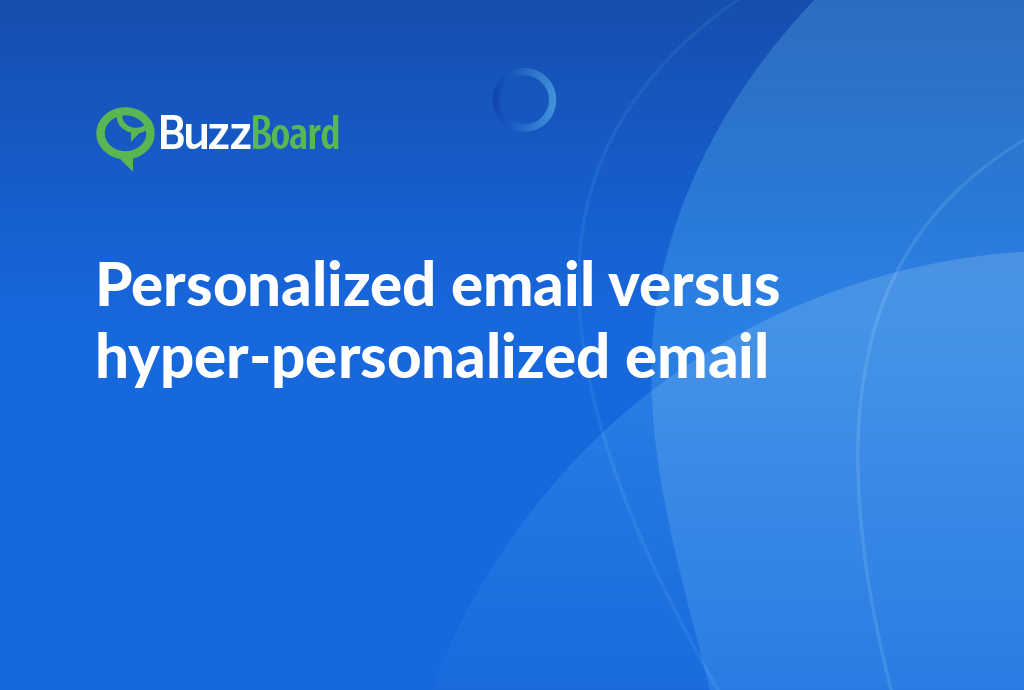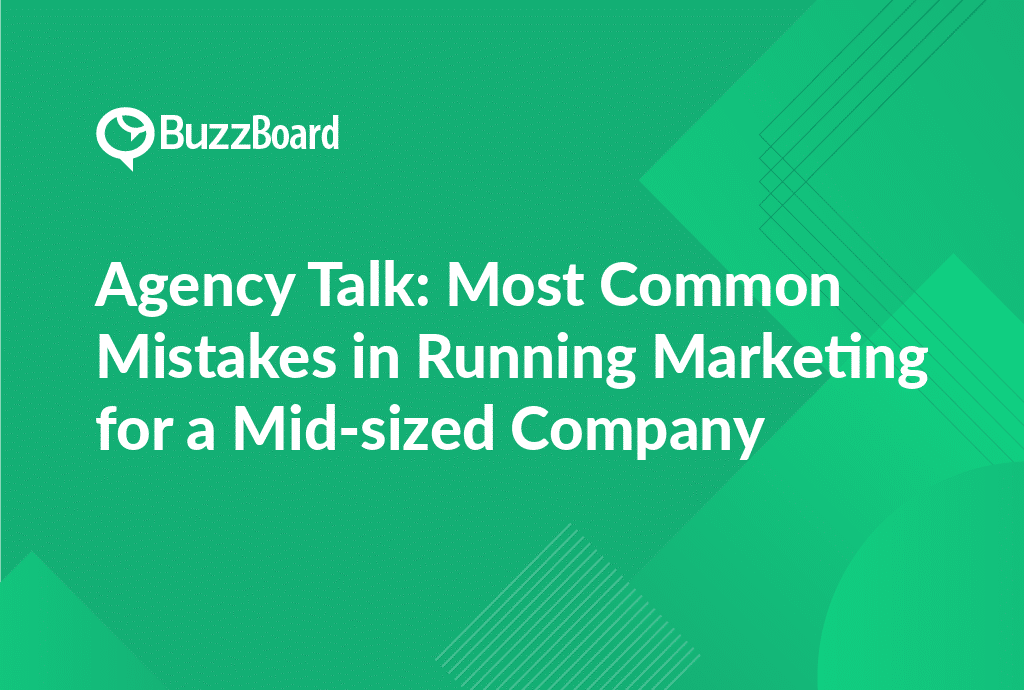How Small Digital Agencies Manage to Keep Their Overhead Costs Low
Small digital agencies overcome a major hurdle in delivering top-tier services while minimizing overhead costs. Impressively, they often meet this challenge head-on by embracing industry best practices coupled with a fierce drive for efficiency and creativity.
Employing smart strategies, many petite agencies exceed their capacity, providing remarkable value while maintaining low checks and balances. But how?
Technology serves as a significant game-changer. These agencies use software tools and cloud-based applications to condense workflows and automate repetitive tasks, reducing labor and subsequent costs substantially.
Moreover, small digital agencies leverage their size to remain flexible, promptly adjusting to the constantly changing digital scene. Unlike larger counterparts, they’re typically more agile, capable of pivoting and shifting strategies quickly based on evolving customer tastes or market situations.
Importantly, they zero in on their main skills, allowing them to excel at their strongest points. These agencies keep themselves lean, efficient, and competitive by outsourcing non-essential tasks.
Their secret? They never compromise on creativity. Indeed, their potential to foster distinctive, tailor-made answers is their unique selling proposition, which invites a larger clientele.
In conclusion, the appeal of small digital agencies goes beyond low overhead costs. They make a compelling option for clients seeking agile, efficient partners driven by innovation, custom solutions, and, of course, managed costs.
Want to learn more about refining your agency operations? Check out our detailed blog post or delve into a plethora of resources designed to help improve your agency’s efficiency and trim overheads.
The Role of Efficiency and Creativity in a Small Agency’s Budget Management
In today’s competitive digital landscape, smaller agencies must be both efficient and creative in managing their budgets. The lower overhead costs of these agencies can be an advantage, allowing more investment into efforts that deliver impactful results.
Efficiency, in this context, signifies the utilization of resources in a way that maximizes the potential outcome with minimal waste. This involves strategic planning, targeted marketing, employee productivity, and performance measurement. These factors are vital for small digital agencies aiming to remain financially sustainable while also delivering exceptional service.
However, navigating the dynamics of the digital world and punching above one’s weight requires more than efficiency—it demands creativity. Creativity in budget management entails exploring innovative ways of reaching goals while maintaining a balance with costs. This may involve launching new digital strategies or experimenting with different pricing models to maximize ROI.
Adopting best practices from other small agencies can be advantageous when managing budgets. Techniques that enhance efficiency and encourage creativity, such as online collaboration tools, employee training methods, or project management methodologies, could bring significant results.
It’s crucial, however, to properly vet these techniques to ensure they align well with your agency’s culture and needs. Keeping abreast of industry trends can offer insight into what approaches are working for similar agencies and could also spur innovation within your own.
Maintaining an efficient and creative approach to budget management is crucial for small agencies wishing to thrive in today’s digital ecosystem. This requires careful planning, strategic resource allocation, and a willingness to innovate.
Remember to subscribe to our blog for more industry insights and useful tips. Keep pushing the boundaries of what’s possible with a finely managed budget.
Best Practices That Small Agencies Adopt to Offer More Value and Remain Competitive
In today’s fierce business environment, small digital agencies can leverage their unique attributes to create substantial value. Significantly, one defining characteristic of these small agencies is their capacity to minimize overhead costs while still maintaining high productivity. This is a key “small agency best practice” that enables them to compete fiercely and outperform larger competitors.
The comparatively lower overhead costs of small agencies provide a more favorable pricing structure for clients when compared to larger agencies burdened with unnecessary expenses. By reducing bureaucracy and operational costs, small agencies can pass these savings onto their clients, thereby boosting client satisfaction.
Efficiency is another ‘small agency best practice’ that offers tremendous value. Small agencies often embrace sleek, lean processes that allow for agility and a faster workflow without compromising on quality. This efficiency, coupled with the passion of a smaller cohesive team, delivers a service speed and personalized approach to clients that is unmatched.
Additionally, creativity, crucial in digital marketing, thrives in the agile environment of a small agency. Absent the suffocating layers of bureaucracy, creatives in a small agency are free to innovate and experiment with bold unconventional ideas, providing unique solutions tailored to a client’s specific needs.
In summary, while bigger competitors may eclipse small digital agencies, adhering to best practices such as reducing overhead costs, enhancing efficiency, and nurturing a creative culture can help these small entities remain competitive while offering considerable value.
For more insight on flourishing in a competitive industry as a small agency, check out the comprehensive resources provided. Don’t forget to add your input, share, and join the discussion on our forum.
Examples of Small Agencies ‘Punching Above Their Weight’ Despite Budget Limitations
When small digital agencies adopt strategic best practices, they often outperform their size, delivering results comparable to their larger counterparts, despite operating under budget constraints. This achievement is credited to the efficiency, creativity, and lower overhead costs of small agencies.
Small agencies excel at operating efficiently. They can sidestep the usual red tape and bureaucracy that often hinder larger organizations. Their lesser size allows for swift decision-making, rapid implementation of ideas, and an agile response to customer needs.
Creativity is another major asset at their disposal. Freed from the restrictive frameworks encountered in larger organizations, these agencies can innovate, offering unique solutions.
A significant advantage that small agencies possess is their lower overhead costs. Without the need to upkeep large offices or support a massive staff, these agencies can divert more resources towards delivering extra value to their clients, thereby optimizing every dollar spent.
One example to highlight this fact is We Are Social. Despite a smaller budget, this firm demonstrated how a small agency can compete globally. They leveraged efficiency and creativity to create a high-performing social media campaign for the ‘FIFATV’ YouTube channel, under adidas sponsorship, resulting in considerable growth in views and subscribers.
In an era when budgets are tightly stretched and the demand for value-for-money services is high, small digital agencies demonstrate that size is not always synonymous with success. By prioritizing efficiency, stimulating creativity, and reducing overheads, these agencies truly outperform their size.
For more insights into digital marketing and tips, discover our array of services. Establish your brand in the digital landscape with our expertise and start outperforming your size today.
The Benefits and Challenges Faced by Small Agencies in Implementing Cost-Cutting Strategies
Over the past few years, we’ve seen small digital agencies making a more significant impact in the industry than their size might suggest. These smaller firms often benefit from lower overheads compared to their larger rivals, which can provide a significant advantage in their ongoing success.
However, the path to efficiency and productivity isn’t without its hurdles. Identifying areas to reduce costs, and redirecting those resources in a way that doesn’t damage client relationships or service quality, requires a skill set honed over time, often through a process of trial and error.
According to small agency best practices, common cost-cutting methods include outsourcing non-core functions, utilizing smart project management tools, and enhancing process efficiency. But this doesn’t mean creativity should be left in the dust. In fact, fostering creativity becomes even more crucial during cost-cutting initiatives. Here’s why.
Creativity is the driving force behind many small agencies. It enables you to provide something large corporations often find elusive – highly tailored and personalized solutions. So, even as you implement cost-reduction strategies, don’t lose sight of the vital role that creativity plays as it could undermine your competitive edge.
Navigating the challenges of cost-cutting can be easier by understanding the terrain in which you’re operating, ruthlessly prioritizing expenses, eliminating waste, and leveraging your strengths. For additional insights on cultivating a more efficient and cost-effective business model, click here.
Remember, cost-cutting isn’t synonymous with compromising on quality or innovation. When done strategically, it can enhance your agency’s ability to deliver superior solutions to clients, while bolstering your bottom line.
For insights on how to maintain a balance between cost-cutting, client expectations, and quality control, check out our upcoming blog post.








